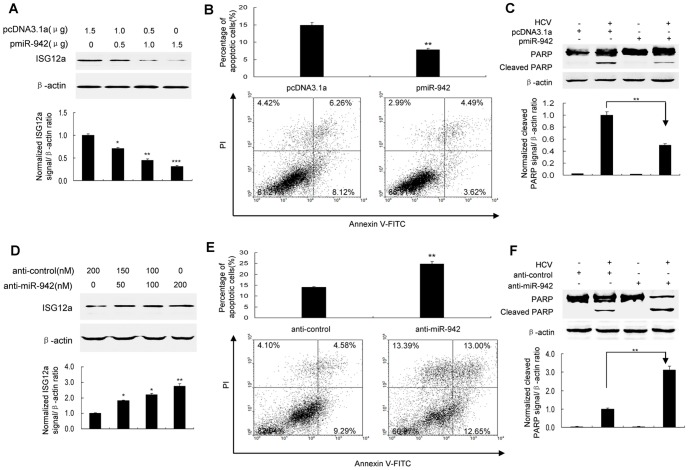Figure 6. MiR-942 modulates HCV-induced apoptosis of human hepatocytes via targeting ISG12a.
(A) Forced expression of miR-942 in HCV-infected HLCZ01 cells reduced the level of ISG12a. HLCZ01 cells were transfected with pcDNA3.1-miR-942 (pmiR-942). ISG12a was examined by western blot. β–actin was used as control. (B/C) Forced expression of miR-942 in HCV-infected HLCZ01 cells caused a marked decrease in apoptosis induction as determined by flow cytometry and PARP cleavage. HLCZ01 cells were transfected with pcDNA3.1-miR-942 and infected by HCV for 9 days. (B) The cells were examined by flow cytometry. (C) Inactivation of PARP was determined by western blot. (D–F) Knockdown of miR-942 expression in HLCZ01 cells by anti-miR-942 increased ISG12a expression and enhanced HCV-induced apoptosis. HLCZ01 cells were transfected by anti-miR-942 and infected by HCV for 9 days. (D) ISG12a was examined by western blot. β–actin was used as control. (E/F) Knockdown of miR-942 expression in HLCZ01 cells by anti-miR-942 in HCV-infected HLCZ01 cells caused an increase in apoptosis induction as determined by flow cytometry (E) and PARP cleavage (F). If not stated otherwise bar graphs represent means of three independent experiments.

